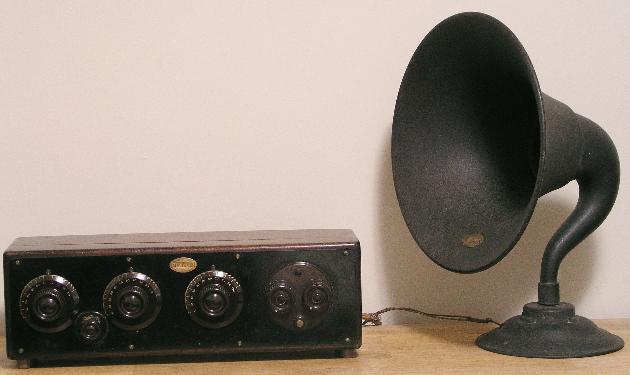

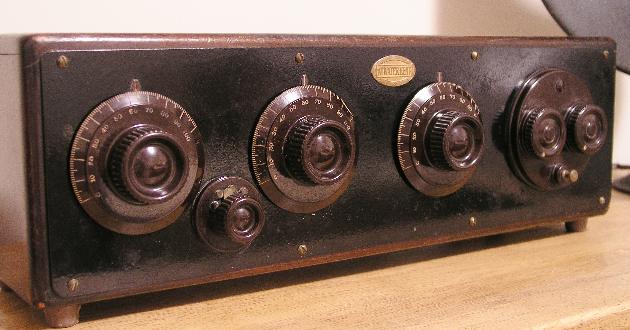



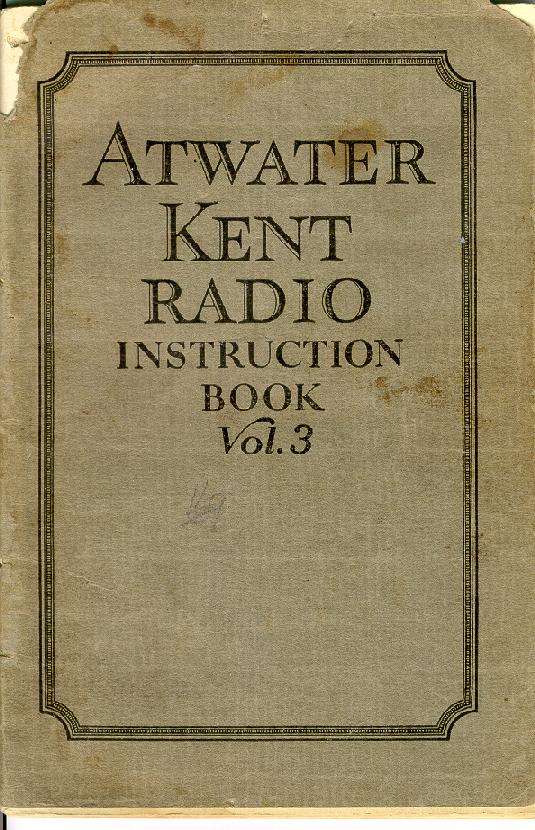 |
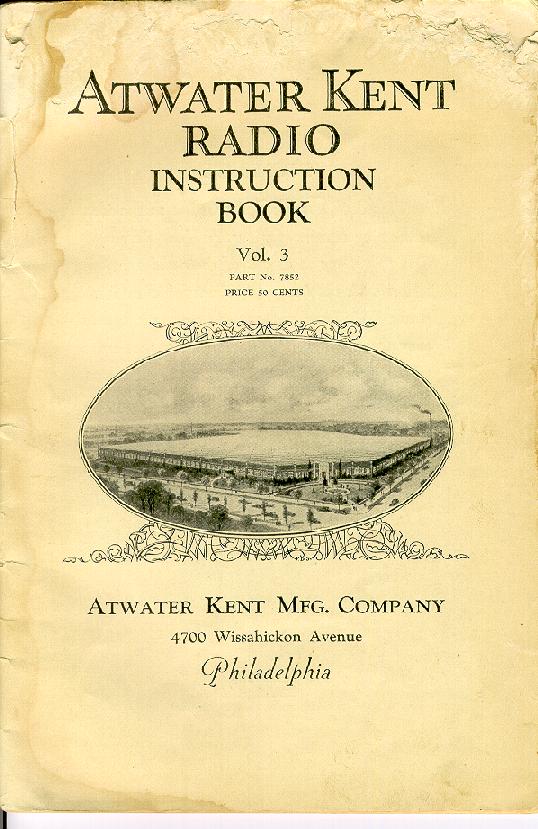 |
| The book also showed several pictures of installations of the Atwater Kent radios. Here is one such picture from the book showing the Model 20 and its horn loudspeaker. |  |
| Here is a page from the book showing the location of the tubes and controls for the Model 20. |  |
| Here is a page from the book showing the dial settings for the Model 20. Most of these stations are still on the air today. |  |
| Finally, here is a page from the book that shows how to hook up the cable to the batteries. Note that 4 batteries providing 5 voltages are required to operate this radio. | 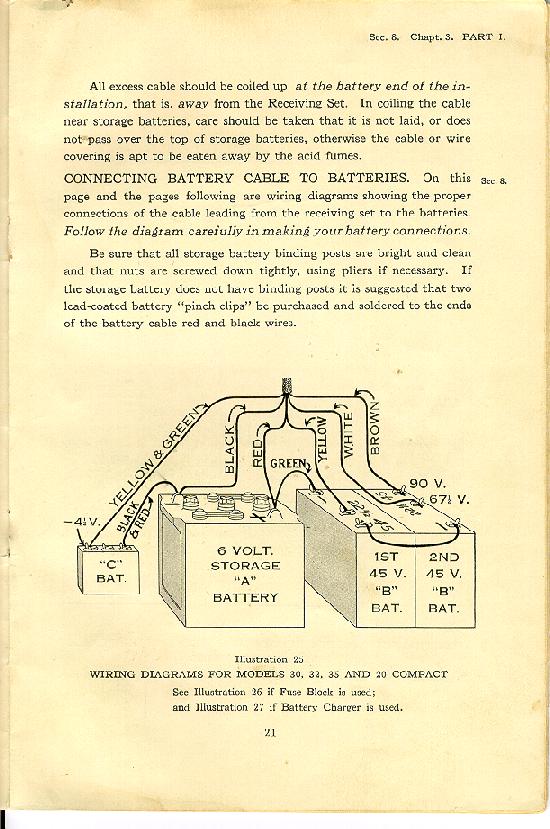 |
